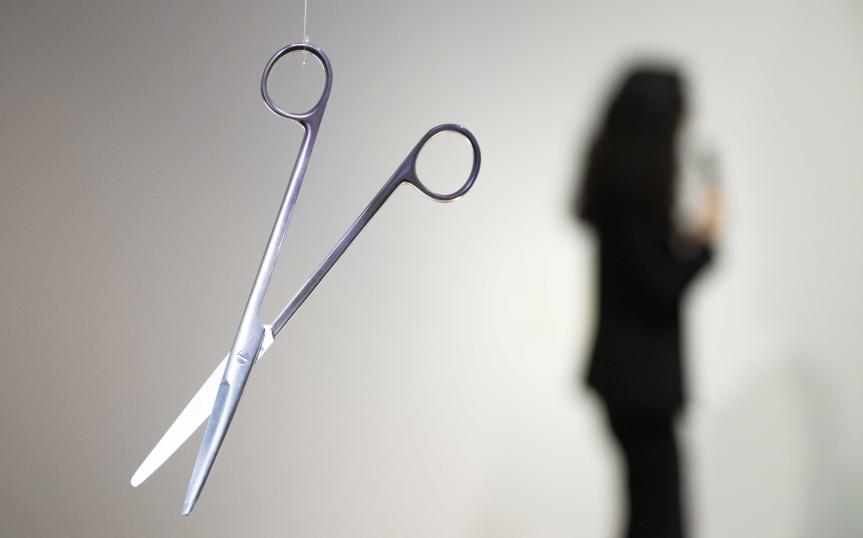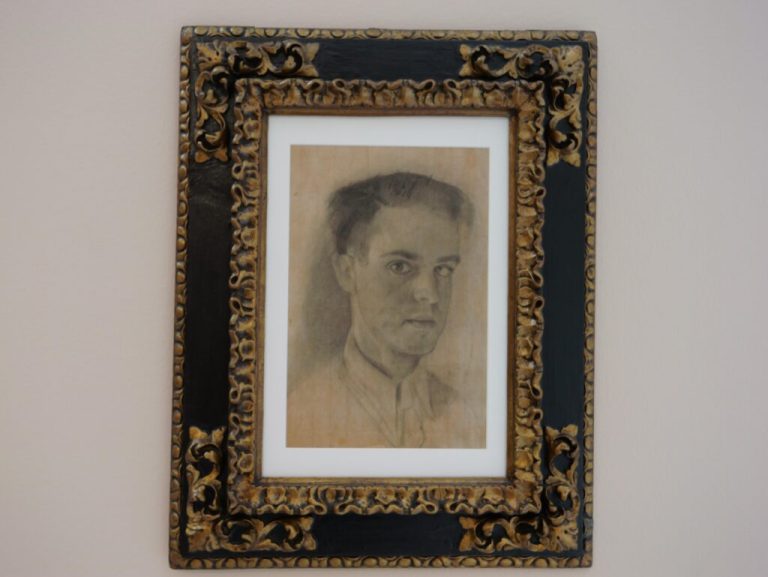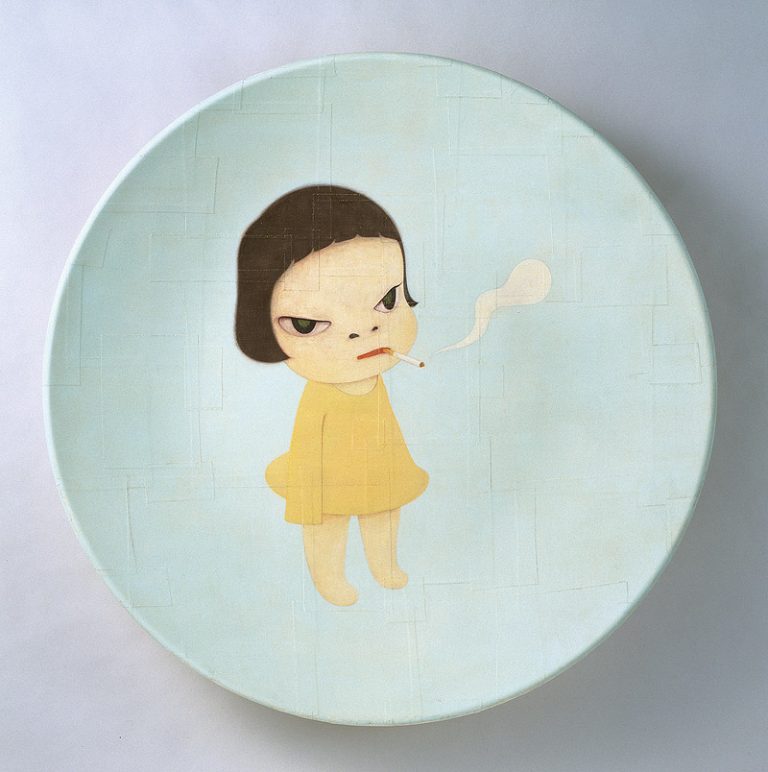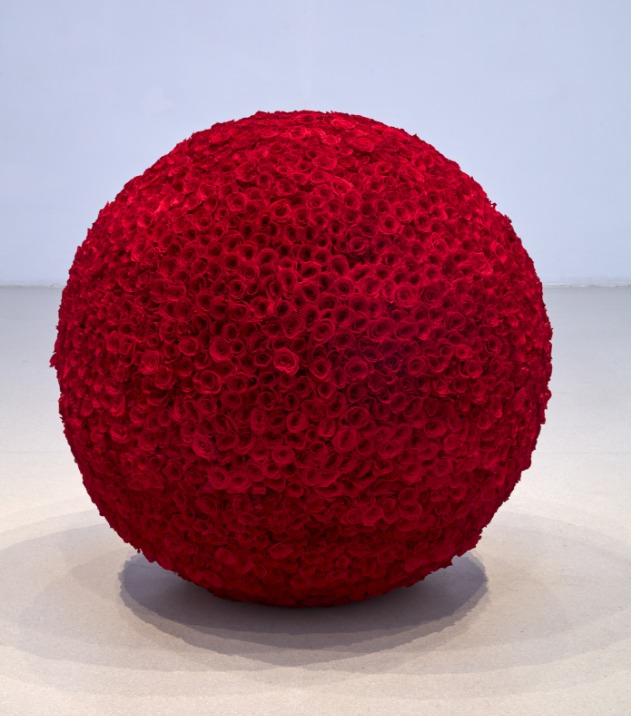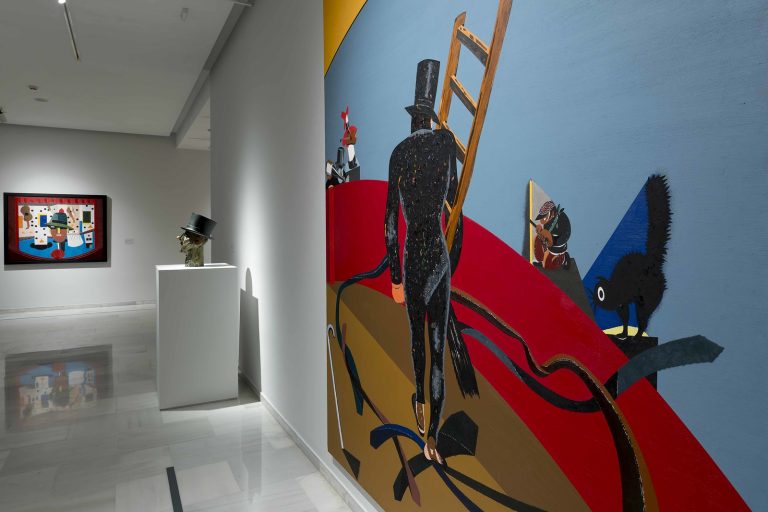Barcelona,
At least until a few decades ago, the advance of a globalization that today we know is partial transmitted among many the illusion of a world where the meaning of borders was diluted, as Kenichi Ohmae formulated: physical ones, between nations, and invisible ones, linked to access to technology and social, political and economic discourses. The proposal “From the Border”, with which Mei Huang, an independent Chinese curator born in 1989 and living in Barcelona, was selected by the “la Caixa” Foundation in the creation support program Comisart corresponding to 2022, however, states that these barriers, physical and non-physical, have not lost validity.
With the aim of inviting the public to reflect on the current notion of this idea of limit, Huang has selected for this project at CaixaForum Barcelona eight works from the funds of this Foundation and the Barcelona MACBA and corresponding to Vanessa Beecroft, Pep Durán, Asier Mendizabal, Annette Messager, Paulo Nazareth, Francesc Torres, Isidoro Valcárcel Medina and Akram Zaatari. They have in common the exploration of what divides us from different perspectives: they refer to geographical barriers and also to the most diffuse, although sometimes no less powerful, marked by ideologies, religions, cultural beliefs and other more or less hidden distances. that shape, even if unconsciously, our interactions, our way of thinking or moving.
These are not always recent pieces, but Huang understands that they offer readings appropriate to our current moment (also conducive to reflection on past history), that they invite introspection and that allow debate about the weight of the historical and social context. and political when it comes to understanding the boundaries and their weight in the practical field – local particularities, or nationalisms, have not stopped imposing restrictions, and peripheries continue to exist; Furthermore, when selecting them, this curator has taken into account their proposal of alternative approaches to dominant discourses and their diversity of media and messages.
This exhibition wants to remind us that today it is impossible for our presence and activity to go unnoticed by an almost infinite number of digital trackers inserted in new mechanisms of power and control over the individual and equally globalized, but that this empire of technology has not only not ended with pockets of poverty and exclusion, but has often highlighted economic and educational differences of enormous magnitude, due to their importance and global scale. At the same time, it claims to show that culture and art can serve to reverse misunderstandings, to avoid the consequences of some borders (questioning them, transcending them) and to bring individuals and communities closer together, and that it is advisable to think critically about the given employment. to those instruments that, at times, seem favorable to educational and economic development – to the elimination, therefore, of some barriers – but which end up consolidating as surveillance tools.
The installation occupies the central area of the route broken flags (2014) from Nazareth: a set of nineteen analog televisions on whose screens we see banners waving, some gently and others strongly, subjected to natural inclemencies. We must also contemplate them, looking down, which reduces their solemnity, taking into account that the height to which they are raised is usually governed by specific rules. This work alludes to a symbolic prestige subjugated by the forces of nature, and with that work it is related Not all that moves is red (Curtain) #1 (2012), by Asier Mendizábal, a large banner whose red and black pattern refers to a mosaic. The possible associations are various and sometimes contradictory: anarchism, Nazism or the film red and black by Carlos Arévalo, about a marriage with opposing political orientations.
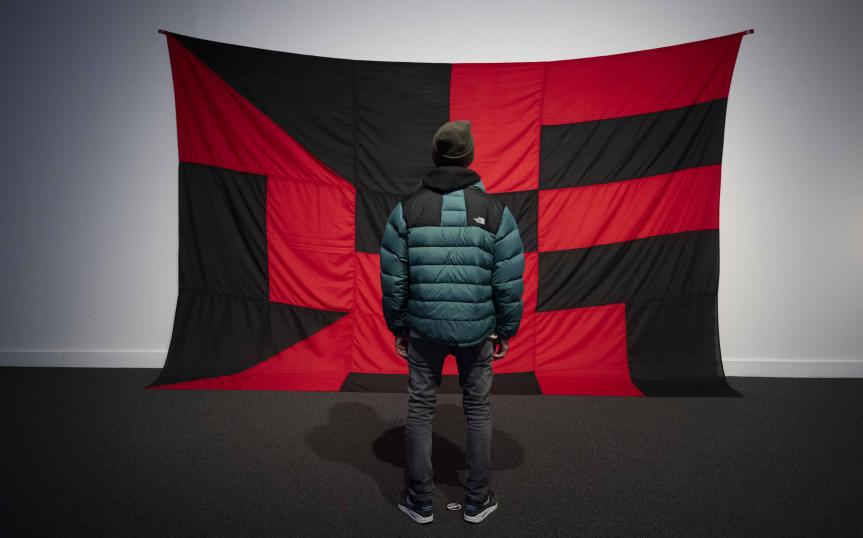
Two other works have to do with maps and geopolitical conflicts: the set of drawings Border graphics (2016) by Isidoro Valcárcel Medina and the video Nature morte (2008) by Zaatari. In the former we see drawn, through Spanish and Portuguese words, the limit between our country and Portugal, but this confrontation of terms affects the many similarities between our languages; The audiovisual by the Lebanese author refers, for its part, to the conflict between Israel and Palestine and presents two men in tension preparing for a military action. Silence reigns between them; This work refers to the social, political and religious barriers between those who share territory.
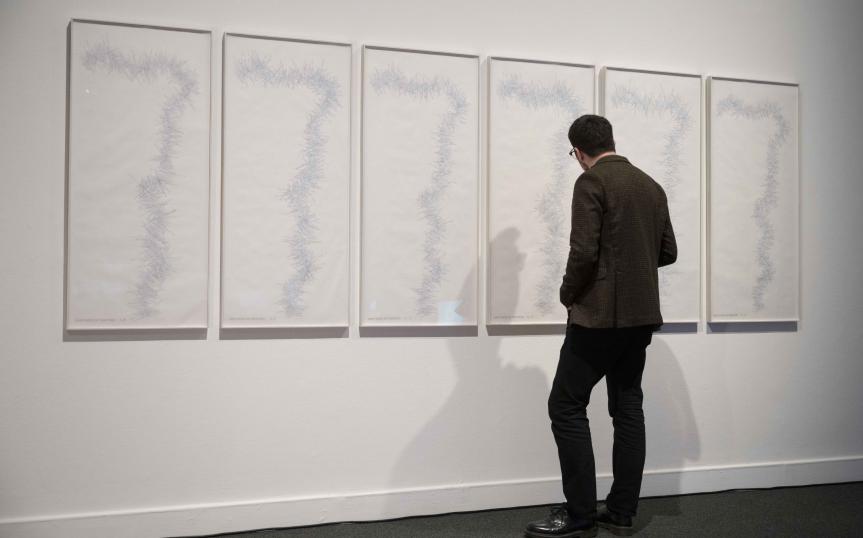
The aforementioned invisible limits are also linked Esotro s/t (1999) by Pep Durán, an installation made up of five sets of clothing, all black except for one gray, which convey an oppressive and somber sensation. In turn, four of them hang on hangers while the last one, black, stands apart, suggesting vulnerability. It is inevitable to think about the absent people who wore these clothes and the reasons for separating some garments from others; It is up to the viewer to think whether these distances are metaphorical or casual. We will contemplate Beecroft's photography, meanwhile. Black Madonna with Twins (2006), a work inspired by a trip to South Sudan in which she suffered from mastitis and local nuns suggested she breastfeed babies from an orphanage; also in Italian religious painting. This image leads us to wonder why it is so rare to find these scenes with other skin colors.
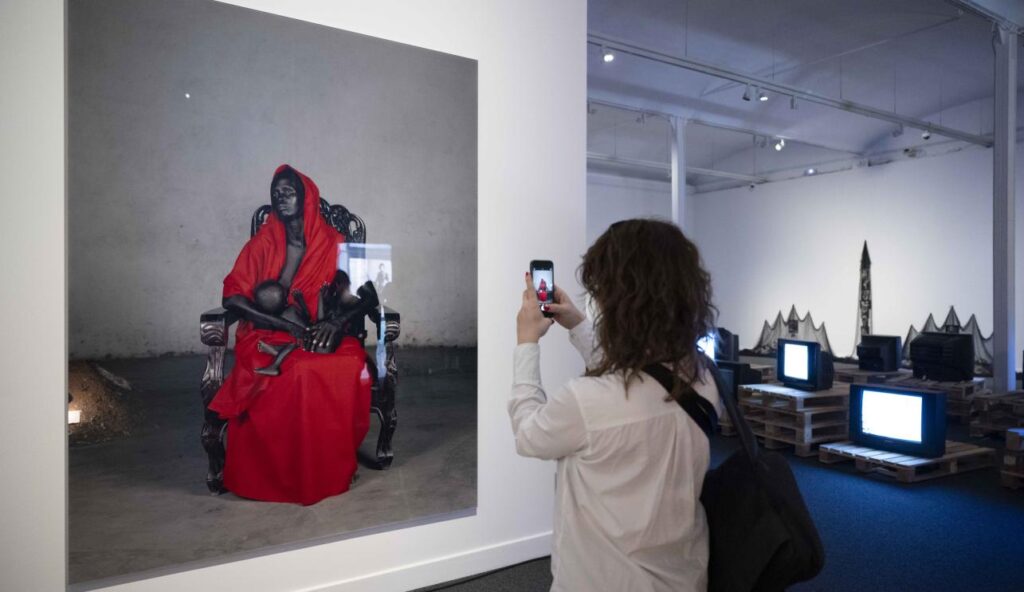
From Francesc Torres we will see Construction of the Matrix (1976), installation in which a mound of earth is illuminated by a red light that allows a neonatal image to be distinguished. If we get closer, we will see that it consists of bullet casings and that, on each side of the mound, lie a Communist Manifesto and a New Testament; This set alludes to a theatrical setting in which a new life is reborn from the ashes of a bombing in the context of the Civil War, crossing ideological barriers.
And close the exhibition Jeu de deuil (1994), by Annette Messager, another installation made up of black and white photos and stuffed animals wrapped in a black net. These images present parts of the human body and are assembled giving rise to a vertical strip flanked by two lower forms; They seem to be associated with the dead, and the toys scattered at their feet with offerings. In this case, Mei Huang appeals to the distances between what evokes childhood and death, between play and mourning, and the discomfort generated by these unusual associations. Messaguer said that Meanings can migrate and those that do not have a certain value are the most dangerous.
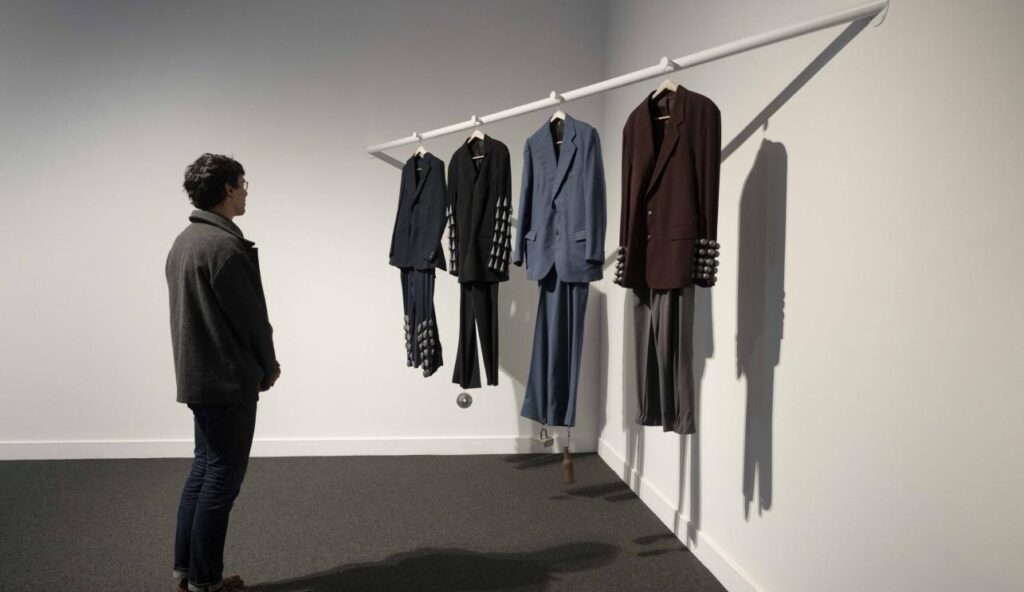
“From the border.” Support for Creation'22. Comisart
CAIXAFORUM BARCELONA
Avinguda de Francesc Ferrer i Guàrdia, 6-8
Barcelona
From March 13 to June 24, 2024

